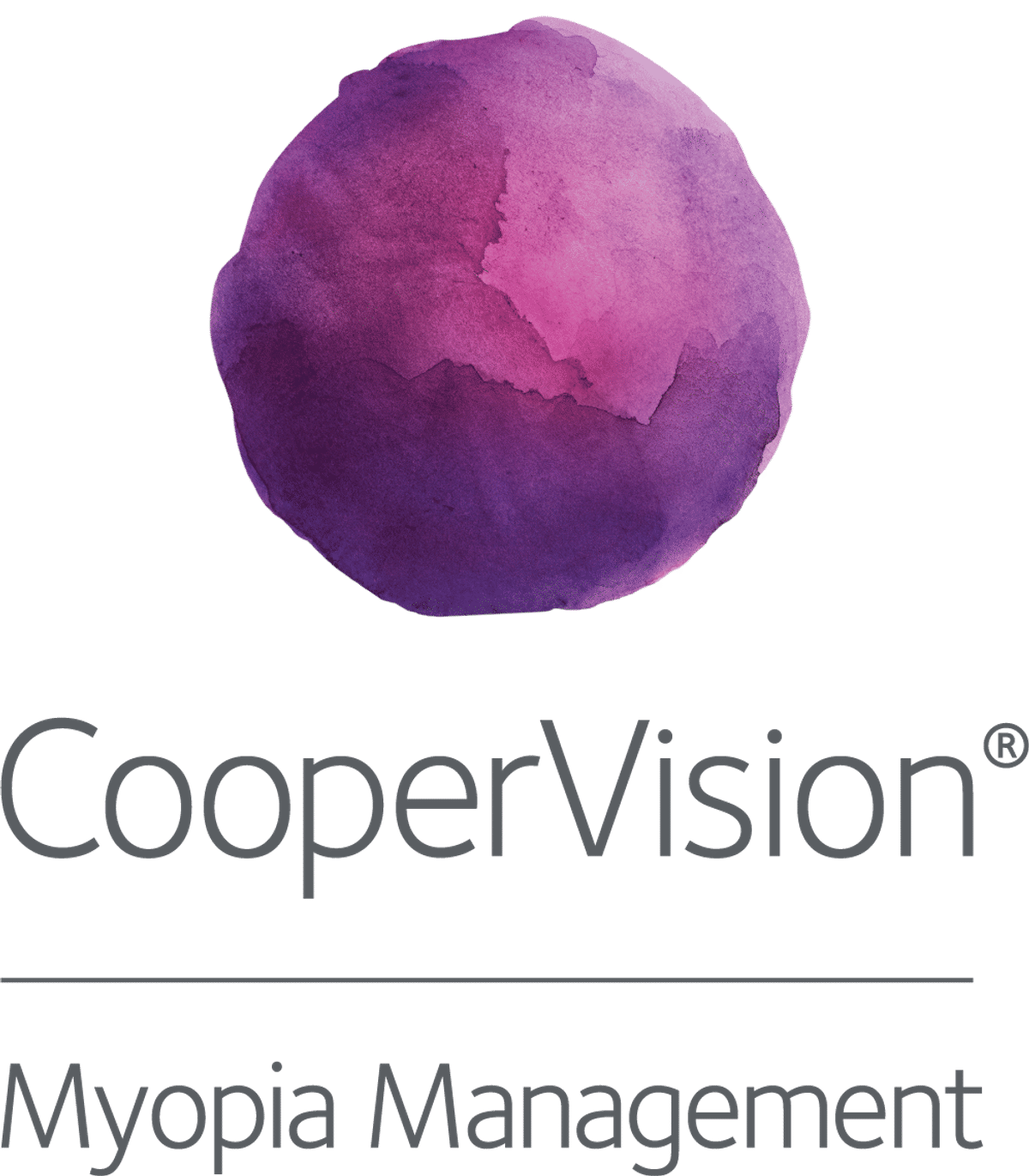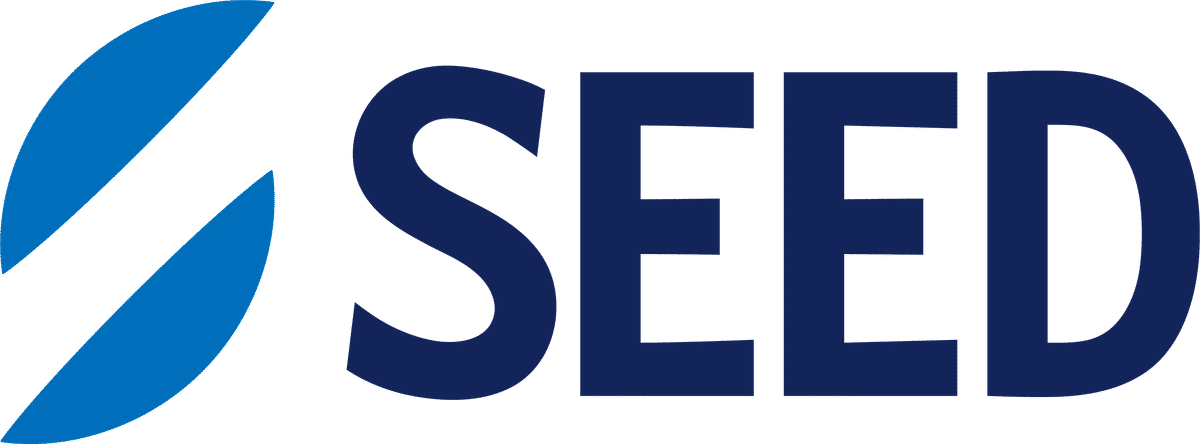Science
Beyond Efficacy in Myopia Management Decisions

In this article:
This study reviews key factors beyond efficacy that influence myopia control outcomes, including compliance, vision, safety, and quality of life. While daily disposable soft contact lenses and orthokeratology show comparable myopia control effects to other options, they offer greater compliance and quality-of-life benefits. The best treatment is ultimately the one the child will use consistently.
Paper title: Myopia control: Seeing beyond efficacy
Authors: Bullimore MA (1), Jong M (1), Brennan NA (1)
- Johnson & Johnson MedTech, Jacksonville, Florida.
Date: Published online March 2024
Reference: Bullimore MA, Jong M, Brennan NA. Myopia control: Seeing beyond efficacy. Optom Vis Sci. 2024;101(3):134–142.
Summary
A range of optical strategies are available to manage myopia progression in children. Many interventions offer similar levels of clinically meaningful efficacy, including specific spectacle lens designs, soft contact lens designs, low-dose atropine, and orthokeratology. This overlap in efficacy raises an important clinical question: how should eye care professionals choose the most appropriate modality for a given child? This review explores four practical factors that influence real-world success in myopia control: compliance, visual performance, quality of life, and safety. The paper explains that these elements may outweigh marginal differences in treatment efficacy and should be integral to clinical decision-making.
This narrative review draws upon clinical trials and real-world data to examine how compliance, vision quality, lifestyle impact, and safety differ between commonly used myopia control options. It includes evidence from large-scale and long-term studies, with a focus on paediatric populations across various countries. The discussion includes HAL and DIMS spectacle lenses, dual-focus soft contact lenses (MiSight), and orthokeratology, as well as low-dose atropine.
Key findings were as follows.
- Treatment efficacy is strongly influenced by compliance. For example, HAL lens efficacy improved from 0.57 D to 0.96 D over two years with full-time wear.
- Daily disposable myopia control soft contact lenses and orthokeratology are associated with higher compliance and better vision-related quality of life than spectacles.
- Vision quality is generally maintained with all modalities, though low-contrast acuity may be reduced with some designs such as dual-focus soft contact lenses and lenslet spectacles.
1-3 - Safety risks—including microbial keratitis—are low across all interventions, especially when proper hygiene is followed.
- Parental preference, cultural factors, and cost also influence modality choice and long-term adherence.
What does this mean for my practice?
When discussing myopia control strategies with families, efficacy should not be the only consideration. This review reinforces that long-term success is driven by whether a child will actually use the treatment as prescribed. Daily disposable soft contact lenses and orthokeratology tend to support higher compliance, better quality of vision in daily life, and improved vision-related quality of life compared to spectacles. These factors make them strong first-line options for many children, especially those who are active, socially self-conscious in spectacles, or engaged in sports.
- Compliance with contact lenses may be better supported due to a combination of practical and perceptual factors. Daily disposable lenses are hygienic, low maintenance, and easy for children to handle, removing the barriers of cleaning routines or discomfort associated with older lens materials. Orthokeratology provides daytime freedom from spectacles or contact lenses entirely, offering convenience and clear vision without interference in daily activities. These options also tend to deliver more stable vision across all directions of gaze, which supports consistent wear. Furthermore, children frequently report higher satisfaction with their appearance and participation in sports or social activities when wearing contact lenses, reinforcing motivation for regular use.
- Spectacle lenses remain an excellent option for children unable or unwilling to wear contact lenses, but practitioners should counsel families about the importance of full-time wear. A common cultural belief—particularly in some Asian populations—is that removing glasses during near tasks may help “relax the eyes” or slow myopia, leading parents to encourage part-time wear. However, this practice undermines treatment efficacy in myopia control spectacle designs, which require consistent wear throughout the day. Discomfort, cosmetic concerns, and myths about over-reliance on spectacles may also contribute to inconsistent use.
- For atropine, the lack of an immediate visual benefit may lead to lower motivation and adherence, despite the low side effect profile at 0.01%. Without daily reinforcement of visual improvement, children and parents may deprioritise its use over time.
In real-world practice, optometrists and ophthalmologists must weigh not only treatment efficacy but also the likely day-to-day use and impact on the child’s life. Effective patient education and shared decision-making are key to ensuring long-term outcomes in myopia management.
What do we still need to learn?
As a narrative review, this paper does not present new clinical trial data but instead synthesizes findings across multiple studies. The authors acknowledge several limitations of the current evidence base.
- Compliance data—particularly wearing time and adherence—are inconsistently reported and often rely on self-report or proxy measures such as questionnaires, which are prone to bias. For orthokeratology, studies have largely focused on lens hygiene rather than wear duration, limiting understanding of its real-world usage patterns.
- Some visual performance outcomes, especially for children, are derived from adult studies or are inferred from limited paediatric data. More robust, child-specific data on contrast sensitivity, peripheral vision, and visual stability are needed.
- Safety assessments—especially long-term risks—are based on estimates across different populations and modalities, rather than head-to-head comparisons within paediatric cohorts.
In terms of future research, the authors suggest improved objective measures of compliance, such as wear-time tracking or digital logging. Additional studies directly comparing visual performance, quality of life, and safety across all major myopia control modalities in children would strengthen clinical decision-making. Understanding how different cultural, socioeconomic, and behavioural factors influence treatment adherence is also a key area for further exploration.
These limitations highlight the importance of clinical judgement and shared decision-making in practice, especially when evidence is incomplete or not directly comparable across treatment types.
Abstract
The availability of a range of effective myopia control modalities enables the clinician to exercise judgment when discussing the treatment plan with the patient and their parents. This article outlines important considerations beyond efficacy. Clinically meaningful myopia control may be attained with some spectacle lenses, select soft contact lenses, some concentrations of atropine, and overnight orthokeratology. Given that satisfactory efficacy can be achieved with a range of modalities, other factors should be considered when deciding upon the best intervention for a given child. Four key factors—compliance, quality of vision, quality of life, and safety—are discussed in this review. Compliance directly impacts efficacy regardless of the modality and is the most important consideration, as it is influenced by quality of vision and comfort. Daily disposal myopia control contact lenses and overnight orthokeratology are generally associated with high compliance, provide better vision-related quality of life than spectacles, and carry a very low risk when used appropriately. A further benefit of overnight orthokeratology is the elimination of a need for optical correction during the day.
Meet the Authors:
About Jeanne Saw
Jeanne is a clinical optometrist based in Sydney, Australia. She has worked as a research assistant with leading vision scientists, and has a keen interest in myopia control and professional education.
As Manager, Professional Affairs and Partnerships, Jeanne works closely with Dr Kate Gifford in developing content and strategy across Myopia Profile's platforms, and in working with industry partners. Jeanne also writes for the CLINICAL domain of MyopiaProfile.com, and the My Kids Vision website, our public awareness platform.
References
- Huang Y, Li X, Wang C, et al. Visual acuity, near phoria and accommodation in myopic children using spectacle lenses with aspherical lenslets: results from a randomized clinical trial. Eye Vis (Lond). Sep 2022;9(1):33. [link]
- Li X, Ding C, Li Y, et al. Influence of Lenslet Configuration on Short-Term Visual Performance in Myopia Control Spectacle Lenses. Front Neurosci. Jul 2025;15:667329. [link]
- Schmid KL, Gifford KL, Atchison DA. The effect of concentric and aspheric multifocal soft contact lenses on binocular vision in young adult myopes. Cont Lens Anterior Eye. Feb 2023;46(1):101588. [link]
Enormous thanks to our visionary sponsors
Myopia Profile’s growth into a world leading platform has been made possible through the support of our visionary sponsors, who share our mission to improve children’s vision care worldwide. Click on their logos to learn about how these companies are innovating and developing resources with us to support you in managing your patients with myopia.












